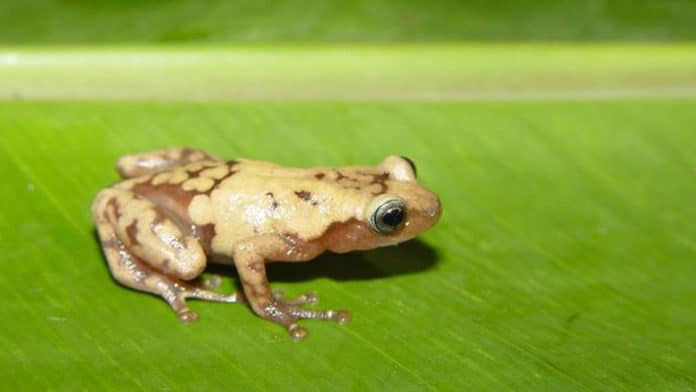Based on the recent data on recent extinctions from climate change, rates of species movement, and different projections of future climate, a new study estimates of global extinction from climate change by 2070. According to the study by the University of Arizona, one in three species of plants and animals could be gone in the next 50 years.
This is the first study that gauges wide-scale extinction patterns from climate change by combining data from recent climate-related extinctions and rates of species movements.
For this study, scientists examined local extinctions that have already happened, based on studies of repeated surveys of plants and animals over time. They analyzed data from 538 species and 581 sites around the world and generated climate data from the time of the earliest survey of each site and the more recent survey. They found that 44% of the 538 species had already gone extinct at one or more sites.
Cristian Román-Palacios, from the Department of Ecology and Evolutionary Biology at the University of Arizona, said, “Accurately predicting biodiversity loss from climate change requires a detailed understanding of what aspects of climate change cause extinctions, and what mechanisms may allow species to survive.”
“By analyzing the change in 19 climatic variables at each site, we could determine which variables drive local extinctions and how much change a population can tolerate without going extinct.”
“We also estimated how quickly populations could move to try and escape rising temperatures. When we put all of these pieces of information together for each species, we can come up with detailed estimates of global extinction rates for hundreds of plant and animal species.”
Scientists also identified maximum annual temperatures as the vital variable that best explains whether a population will go extinct. They surprisingly found that average yearly temperatures showed smaller changes at sites with local extinction, even though average temperatures are widely used as a proxy for overall climate change.
John J. Wiens, also from the Department of Ecology and Evolutionary Biology at the University of Arizona, said, “This means that using changes in mean annual temperatures to predict extinction from climate change might be positively misleading.”
Wiens said, “If we stick to the Paris Agreement to combat climate change, we may lose fewer than two out of every ten plant and animal species on Earth by 2070. But if humans cause larger temperature increases, we could lose more than a third or even half of all animal and plant species, based on our results.”
The study’s projections of species loss are similar for plants and animals, but extinctions are projected to be two to four times more common in the tropics than in temperate regions.
The study is published in the Proceedings of the National Academy of Sciences.
